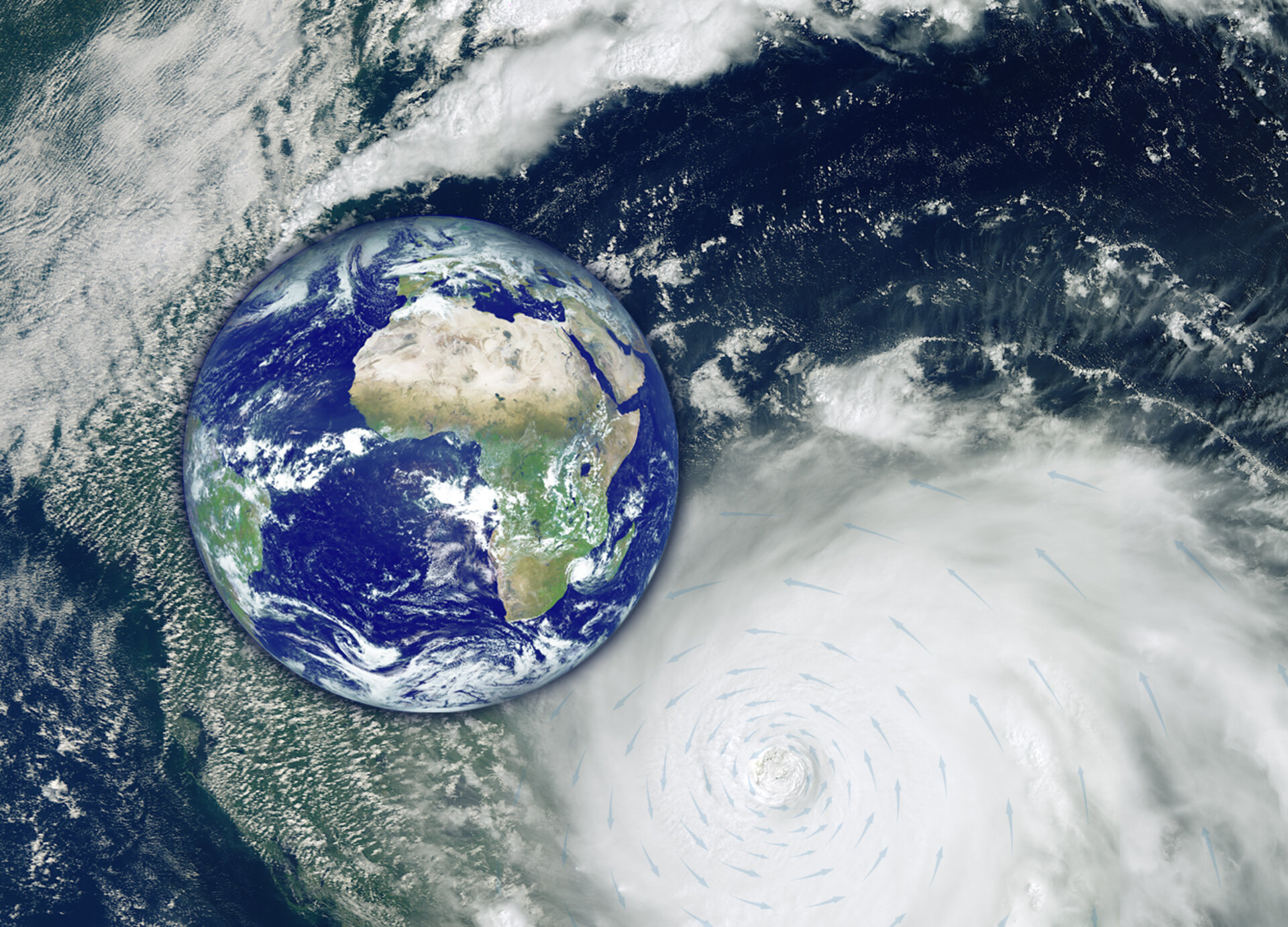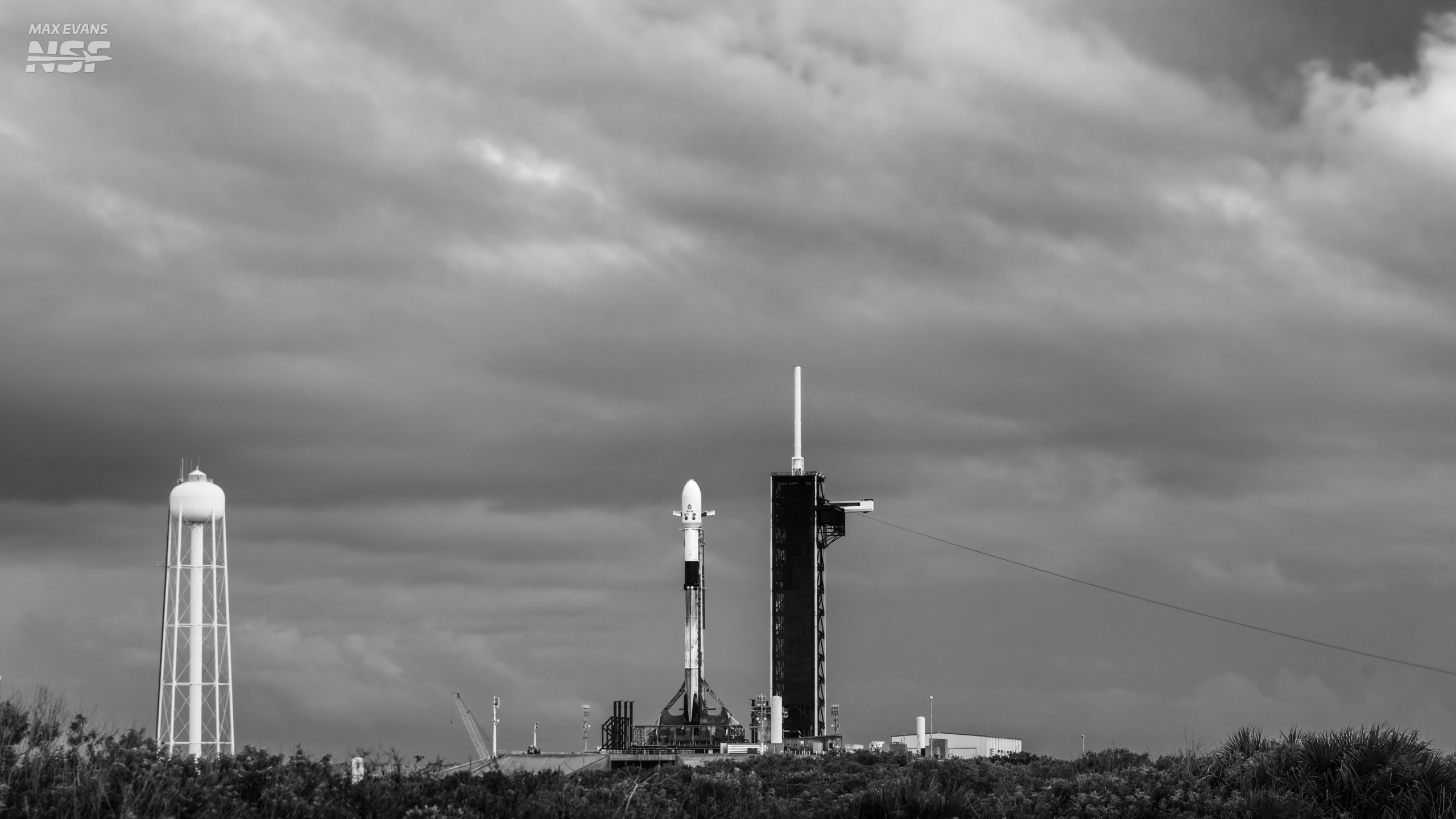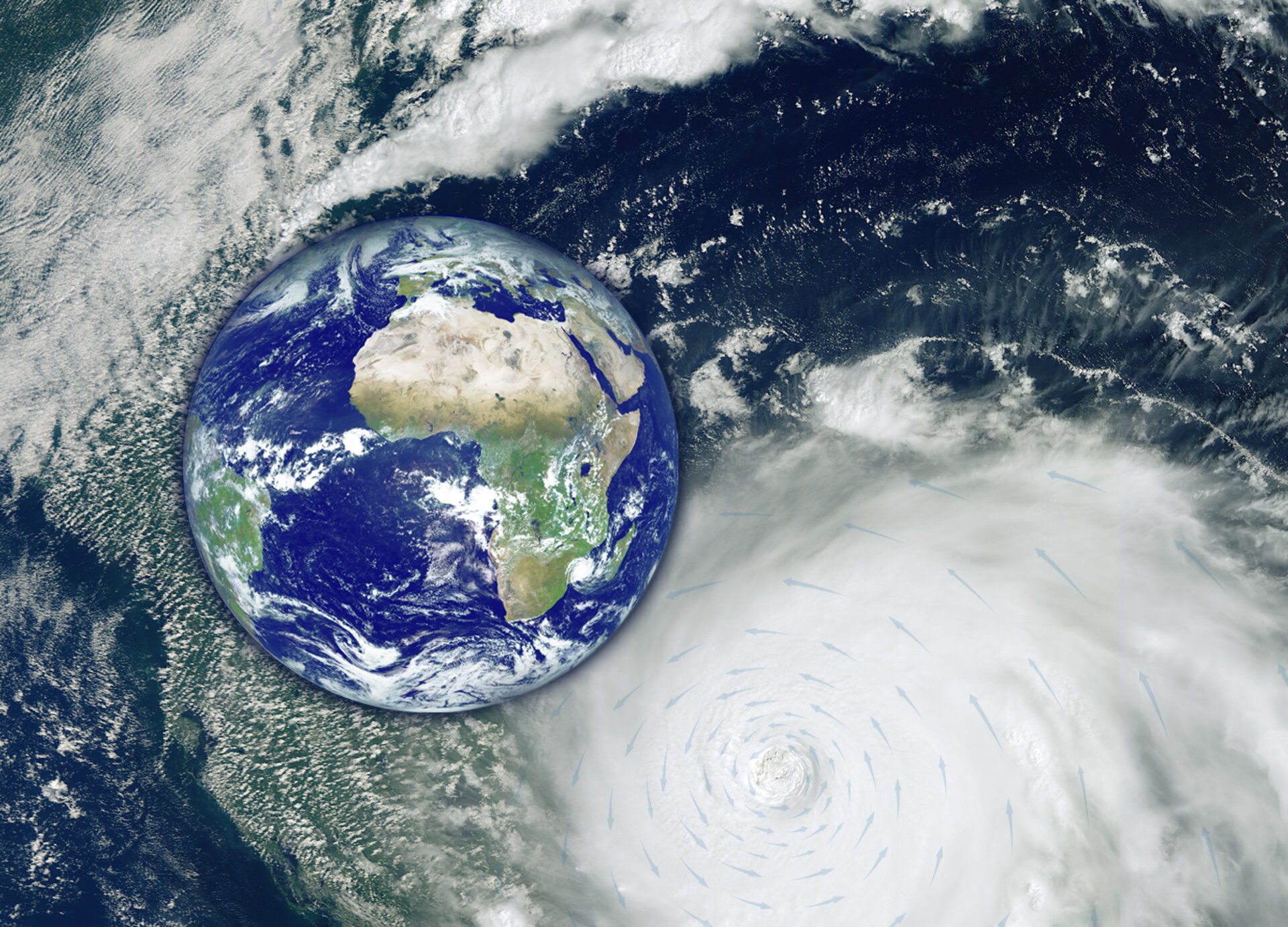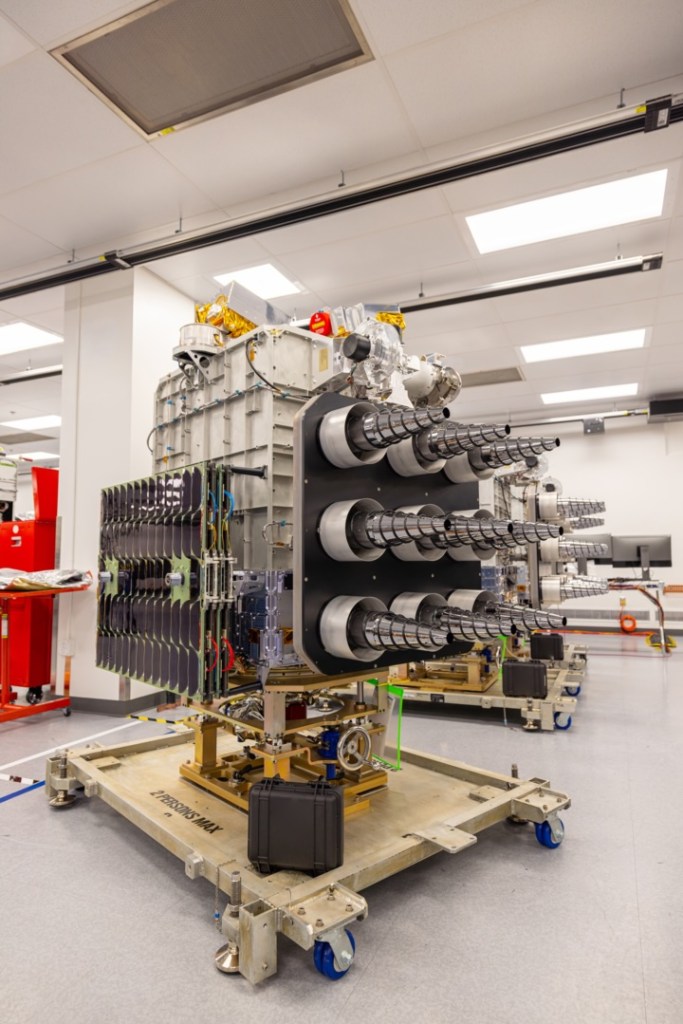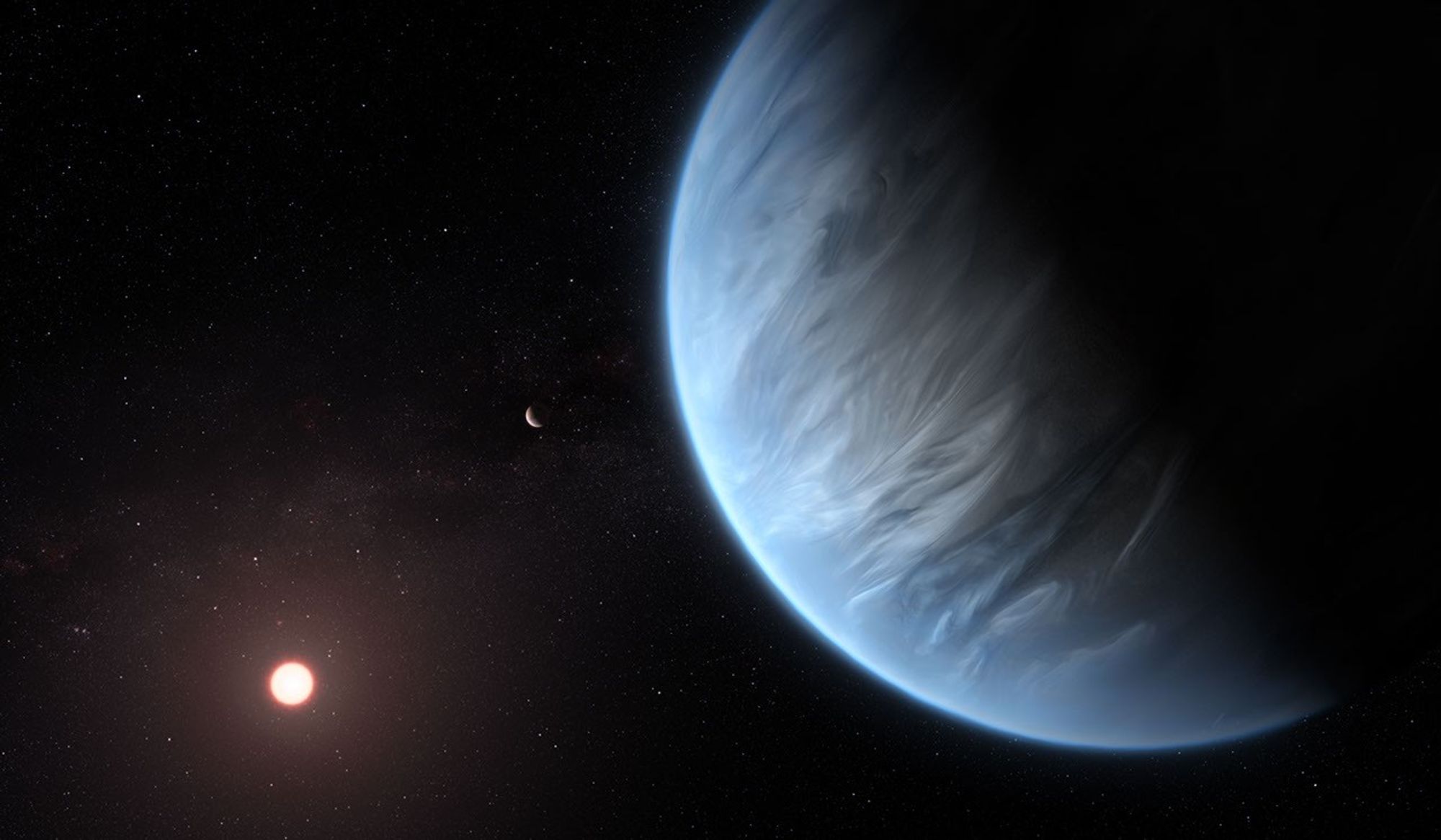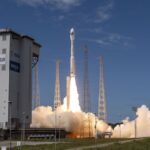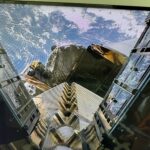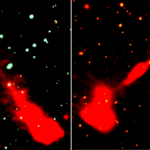WASHINGTON — Firefly Aerospace expects to resume Alpha launches in the “coming weeks,” with two flights planned before the end of the year. The company shared details of its return-to-flight
IRVINE, CA – September 23, 2025 – Terran Orbital Corporation, a leading manufacturer of small satellites primarily serving the aerospace and defense industries, today announced the successful delivery of all
Applications 23/09/2025 906 views 19 likes After meticulous preparation and rigorous evaluation, ESA’s Member States have selected WIVERN to become the 11th Earth Explorer mission to be implemented through the
One of NASA’s newly announced astronaut candidates already has a spaceflight under her belt. On Monday (Sept. 22), the space agency announced the 10 members of its newest astronaut class
NASA and SpaceX have achieved another remarkable milestone with the launch of the Interstellar Mapping and Acceleration Probe (IMAP) on September 24. The strategic deployment of IMAP, along with its
SAN FRANCISCO – European civil space leaders suggested expanding their flagship campaign to develop a secure communications constellation. Since the Infrastructure for Resilience, Interconnectivity and Security by Satellite (IRIS²) constellation
After years of meticulous preparation and a rigorous evaluation process, the European Space Agency (ESA) has officially chosen WIVERN as its 11th Earth Explorer mission. This landmark decision was reached
NASA’s 2025 Astronaut Candidate join together after being announced to the public on Sept. 22, 2025. From left to right, Erin Overcash, Katherine Spies, Cameron Jones, Ben Bailey, Adam Fuhrmann,
NATIONAL HARBOR, Md. — The Space Development Agency (SDA) is gearing up for its second launch of satellites for the Transport Layer Tranche 1 program. SDA is building out a
Sub-Neptune planets, often billed as possible “water worlds,” may be more desert than deep sea, according to a new study. For years, scientists thought these planets, which are larger than
-
 012024 in Review: Highlights from NASA in Silicon Valley
012024 in Review: Highlights from NASA in Silicon Valley -
 02Panasonic Leica Summilux DG 15mm f/1.7 ASPH review
02Panasonic Leica Summilux DG 15mm f/1.7 ASPH review -
 03How New NASA, India Earth Satellite NISAR Will See Earth
03How New NASA, India Earth Satellite NISAR Will See Earth -
 04And Thus Begins A New Year For Life On Earth
04And Thus Begins A New Year For Life On Earth -
 05Astronomy Activation Ambassadors: A New Era
05Astronomy Activation Ambassadors: A New Era -
06SpaceX launch surge helps set new global launch record in 2024
-
 07Space Force plans new ‘Futures Command’ amid pressure to speed up modernization
07Space Force plans new ‘Futures Command’ amid pressure to speed up modernization




